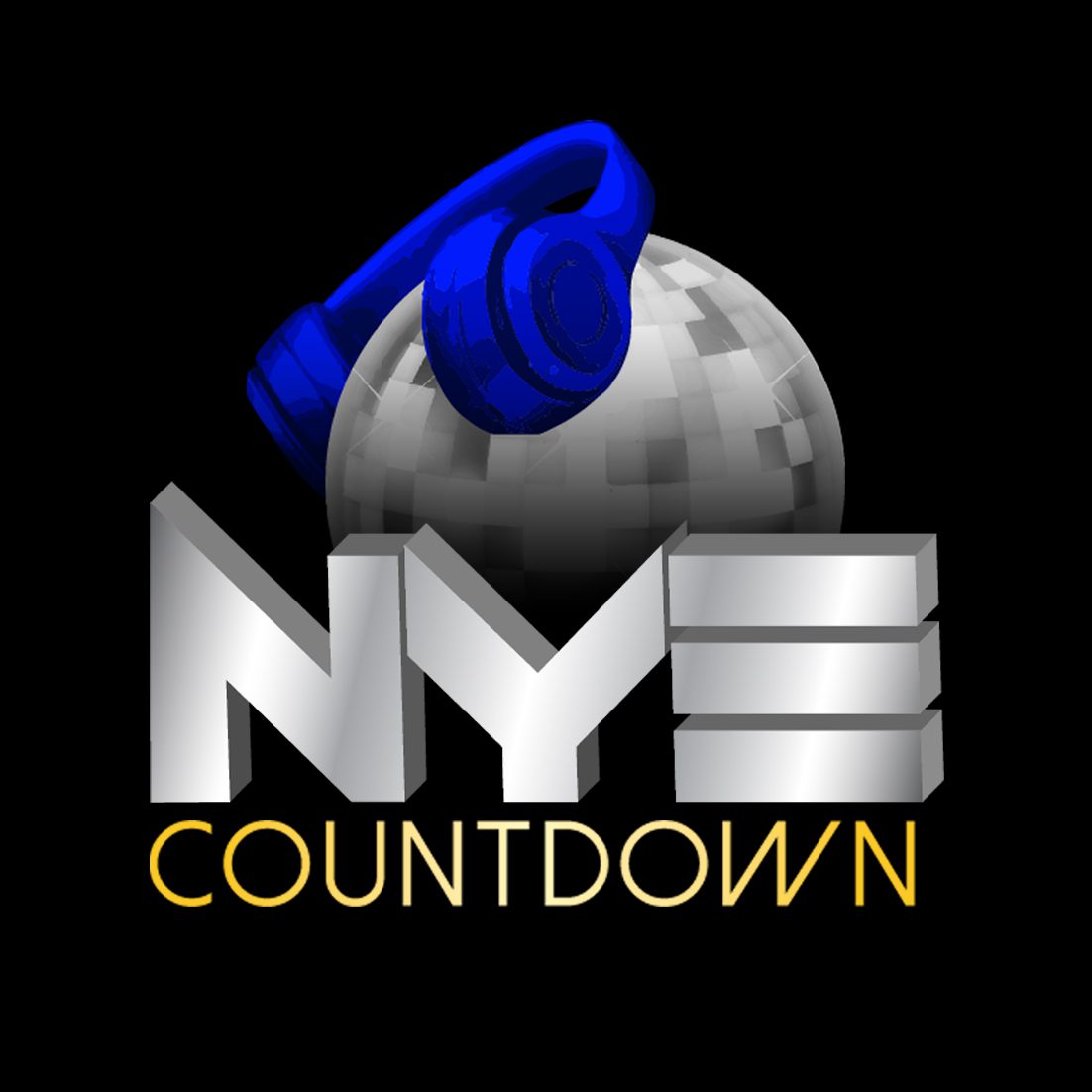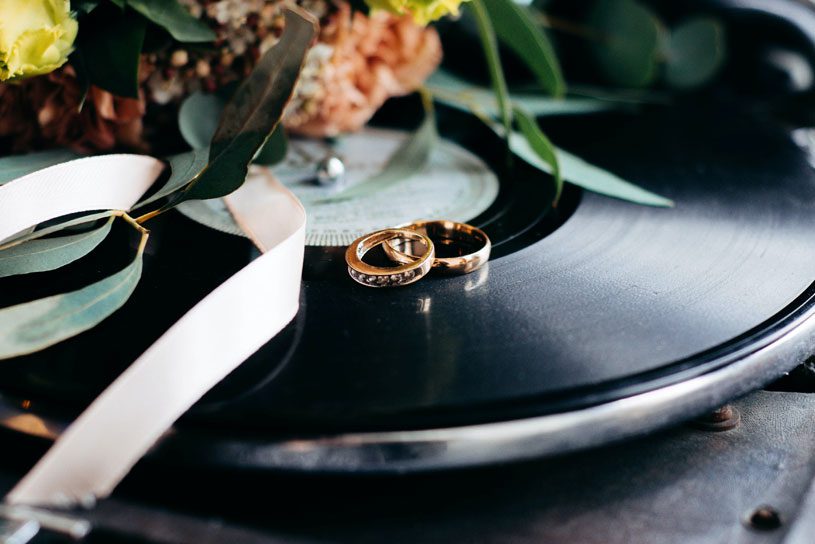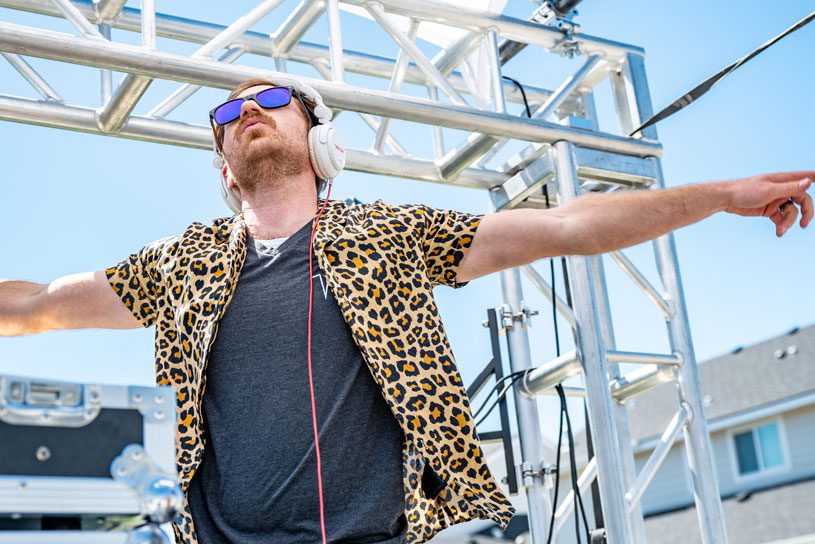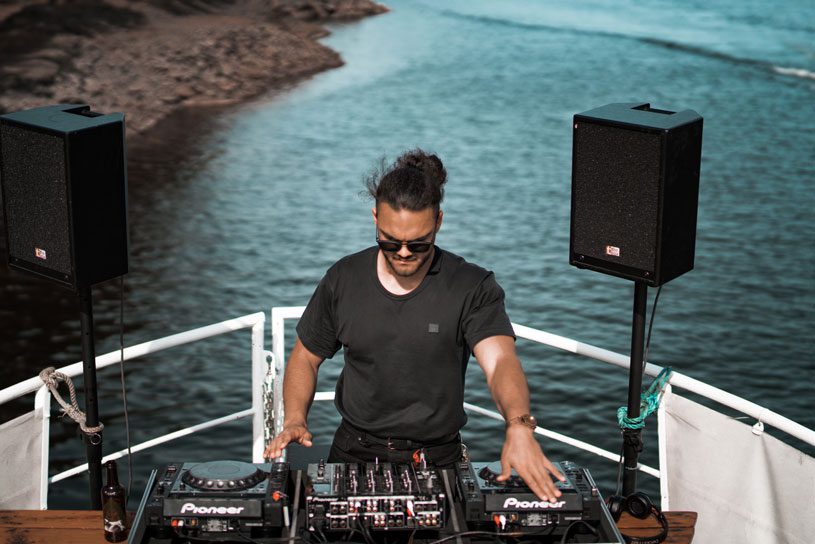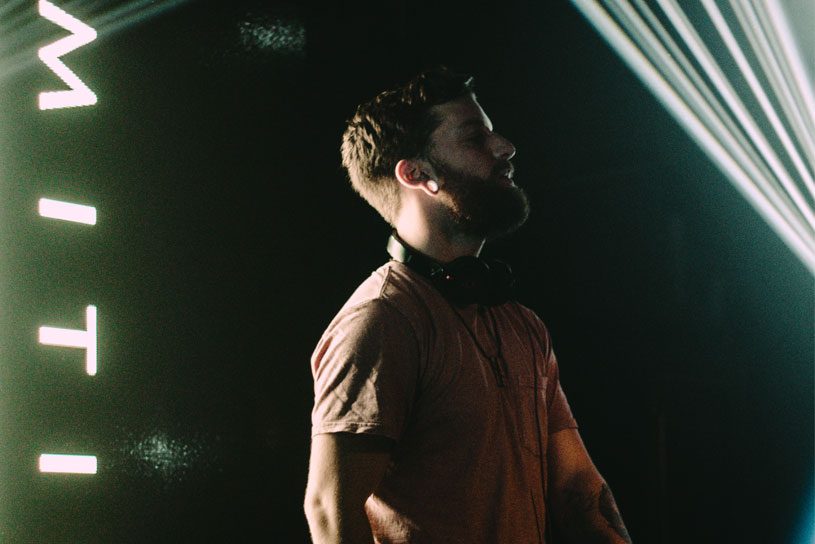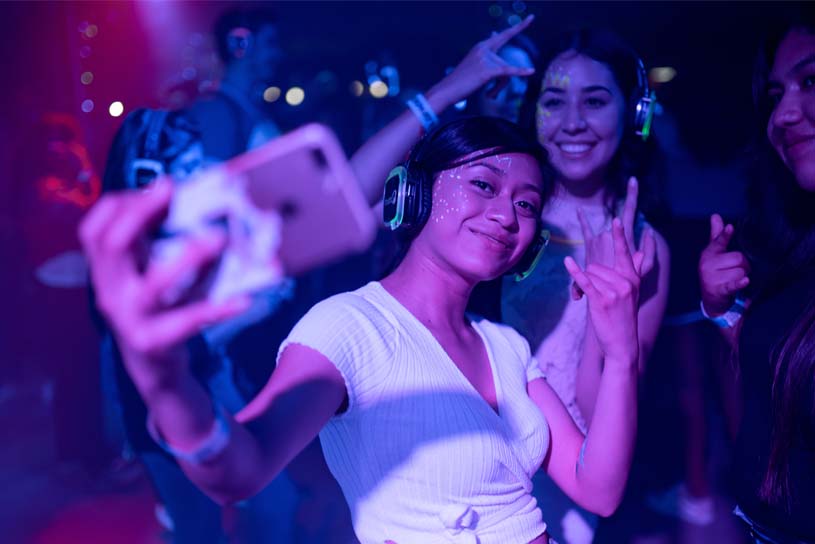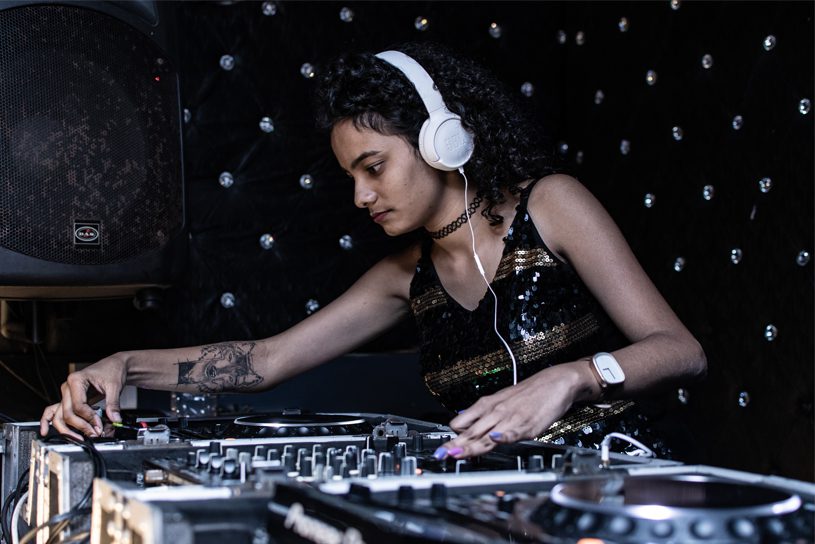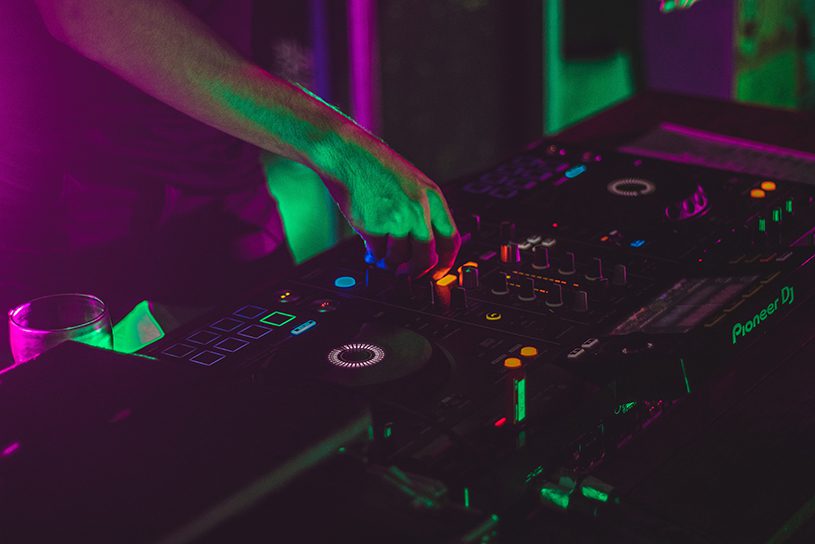Whether you’re a beginner DJ or a seasoned club veteran, picking up gigs as a wedding DJ can be a great way to supplement your DJ income. Weddings are always happening, and they can be a lot of fun to DJ if you go into them with the right mindset. However, DJing a wedding is vastly different than DJing a club or party, so you will need to approach the event much differently than your usual gigs. Being the best wedding DJ will also require a different type of prep than other DJ gigs, but it’s not terribly difficult to switch gears.
In general, if you want to be the best wedding DJ, you’ll need to do a little legwork before the event so you’re prepared for anything that can happen. Your music and your set should still be your number one priority, as with any gig, but the following list of tips will help guide you through any wedding gig with ease. Keep reading so you can become the best wedding DJ around!
What The Couple Says Goes
The golden rule of DJing a wedding is whatever the couple says is law. Make sure you know their expectations when you set up the event. Typically, the bride will have the highest expectations, but if the groom likes to party, you may be fielding his requests, too.
Take the time to meet with the couple at least once before the event to go over what they want you to do. Each wedding will be different, but here’s a good general overview of the top questions you should ask the couple to make sure their big day goes perfectly:
- Do you need music for the ceremony, the reception, or both?
- Will you need an emcee for the reception?
- What songs should be played for the major events? (Bride’s entrance, first dance, father/daughter dance, mother/son dance, etc.)
- What musical styles/genres or songs would you like played during the reception?
- Are there any songs/artists/styles you DO NOT want to be played at the reception?
- What’s the general timeline of the day going to be like?
- What equipment is provided by the venue/what equipment will I need to bring?
- Are there others working the wedding who I will need to coordinate with? (Photographer, videographer, wedding coordinator, etc.)
- Is there anything else I need to be aware of?
Make sure you have all the answers to these questions and ask if the couple has any other specific requests or requirements. Then make sure you hit every item on their list to the best of your abilities. You’ll want to keep an eye on them during the event, as well. Is the bride dancing and having fun? Is the groom having fun? If the couple is happy, then you’re doing your job as a wedding DJ, and that’s the most important thing.
Have a Plan
Once you have the answers to the important questions for the couple, you’ll need to make sure you have a plan for how the night is going to go. The couple has likely set a timeline of events that you’ll need to follow, so work the timeline as closely as possible. But you’ll also need to do some planning on your own, as well.
What music are you going to bring? When will you arrive at the venue to set up your equipment? Who is going to be your go-between to coordinate the timing of events? Make sure you know the answers to these questions so you can build out how your day is going to go. The more you can anticipate in advance, the better.
Have a Backup Plan
However, even the best-laid plans can go awry. Weddings are meticulously planned events, but with so many moving parts, things can and do go wrong at a moment’s notice. So the couple doesn’t have to stress out, make sure you have backup plans for issues that can crop up during your set.
The number one issue you may run into is a problem with your laptop or music library. Always carry backup equipment with you, such as an external hard drive with your music library, extra power cables, or even a hookup to plug your phone into the sound system, in the worst-case scenario. You also never know when someone’s drunk uncle can spill a drink on your laptop, so having an alternative method to keeping the party going on schedule is imperative.
You may also need to shuffle the order of events or have songs to play in between scheduled events in case the cake cutting or first dance gets delayed. A good rule of thumb is to have an extra hour or two of music on standby in case you need to pad out some time, or in case the party lasts longer than anticipated. Be flexible and adaptable and have some contingency plans in place to ensure you’re always prepared.
Collaborate Well
As a wedding DJ, you’ll likely be only one of many vendors and other people helping the couple’s special day run smoothly. Put your collaborator hat on and make sure you can work well with others to make sure the day goes off without a hitch. Don’t make decisions on your own without consulting the wedding coordinator, a member of the wedding party, or the couple. Even if you think a surprise dance may be a great idea, you’ll always want to ask someone first.
Know Which Requests to Take
When DJing a wedding, requests are a double-edged sword. You know you will need to take at least some requests, especially if the bride, groom, or someone with the wedding party requests a specific song. However, you want to keep the dance floor rocking the entire night, so you can be a little choosy with whether you honor requests from specific wedding guests. If Uncle Joe wants to hear the entirety of “American Pie” and the dance floor is already losing energy, you may want to pass. But if the bride and her friends want to jam out to the Spice Girls, you better queue it up ASAP.
A great rule of thumb for persistent requests? Have the guest ask the bride or groom. They have the final say, after all.
Let Your Personality Shine
Your duties as a wedding DJ also will likely include emceeing the reception and announcing the important events. Make sure you have fun with it and let your personality shine through! The guests are there to celebrate the couple and have a good time, so keep your energy level high and playful. The more energetic you are, the more energetic the crowd will be. So, smile, crack a few jokes, laugh, and most importantly, HAVE FUN! If you’re having fun, chances are the bride and groom will enjoy themselves, and so will the rest of the guests.
The Best Wedding DJ to Get Grandma on the Dance Floor
Pleasing an intergenerational crowd at a wedding can be a tall order for a wedding DJ. But with these strategies under your belt, you’ll have what it takes to be the best wedding DJ in town. NYE Countdown also offers two packages of exclusive wedding drops that will help you keep the party going all night long. Check them out or make your wedding setlist extra special with a custom DJ drop with your DJ name!
